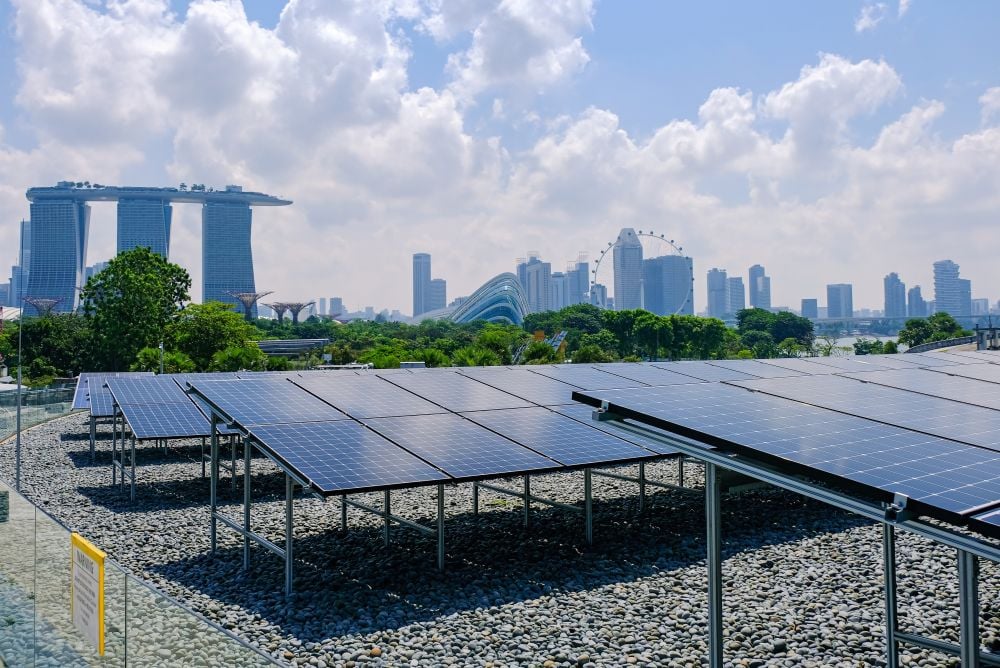The risks and challenges to creating an Asean financial market brand will make for a slow integration process, says Asian Development Bank (ADB) deputy head of the office of regional economic integration, Noritaka Akamatsu.
To avoid pitfalls, Asia need not look too far than its nearest continental neighbour, Europe, as guide posts. “2015 will only be the beginning,” Akamatsu tells the delegates of The Asset 9th Philippine Forum in Manila. “It has to go cautiously, step by step, as far as financial integration is concerned.”
There were hard lessons from Europe to keep in mind, he adds. “(We need to) make sure each step is a safe one,” Akamatsu stresses during the capital market forum held in association with the Fund Managers Association of the Philippines.
Akamatsu says there are too large development gaps between Asean 5 (Singapore, Thailand, Malaysia, Indonesia and the Philippines) and the BCLMV countries (Brunei Darussalam, Cambodia, Laos, Myanmar and Vietnam) to run a smooth integration.
For one, Asia is not keen on a single currency exchange rate and two, countries have to build bilateral linkages with reciprocity before multilateralizing.
“Multicurrency will create some limitation in financial integration,” remarks Akamatsu.
For the past 15 years or so, the region has done its homework. He notes Asean has worked hard to improve savings, bond investments and achieve healthy reserves. “But the region is not using that money well enough for its own benefits,” observes the ADB official. “It’s not using those savings for financing and investments.” Asean has become too careful with its money and capital over the years, he adds.
Akamatsu says this is a good thing, to some extent, since the region has remained intact through some years of global financial upheavals. The cautious sentiment is also helpful when it comes to financial integration.
“(They have to) ensure preconditions are met (such as) harmonized regulation, supervisory cooperation, and cross-border resolution,” he notes.
The Asean financial sector is stable and sound despite the region’s financial institutions still deemed too small compared with “global peers” in Europe and the US, says Akamatsu. This modest size has made financial markets vulnerable to shocks and requires management of reserves outside the region instead of financing developments inside the region.
“The small and segmented markets do not help financial institutions to manage their assets,” he adds. “So, this integration will hopefully (focus) on the development for each country.”
Risks and benefits to integration
There are defined benefits to financial integration but there are issues such as the bank-dominated financial system that, according to Akamatsu, has problems mobilizing long-term finances despite the high gross savings.
“The bank-dominated financial sector (has constrained) private sector participation in the capital markets (which) is still underdeveloped,” he comments.
He says one reason why ADB tries to support Asean financial integration is because it has greater risks compared to trade and investments integration. “There is a necessity to it and it does bring benefits but it comes with risks.”
The significant gaps between ASEAN 5 and BCLMV in capital market development and non-bank sector growth are also a concern. This should be a capital market development with particular focus on money and bond markets.
He also emphasizes the underdevelopment of social security/pension systems, urban infrastructure and income gaps that needs to “rise together” and what he refers to as real side integration (trade, investment, labour mobility) which should be backed up by regionally integrated financial services.
On the other hand, Akamatsu says an integrated financial and capital market will allow for more savings, higher efficiency and ensure a competitive environment for larger banks. He also lists other benefits such as financing of intra-regional trade and investments and improved payments/remittance centers for migrant workers.
He thinks intra-regional capital flows is a risky side of integration, however, and the spillover of the trade bloc’s liquidity and the impact of monetary policies on all of these.
“With integration there will be greater capital flow, so there will have to be greater coordination among monetary authorities. Also, liberalization of capital accounts will have to happen otherwise money and capital will not flow,” Akamatsu emphasizes.
As such, he sees the following as challenges that need to be addressed: harmonization of regulations, market conventions, institutions and cooperation in supervision, resolution; large development gaps between Asean 5 and BCLMV; reconciliation of national interests while pursuing regional common goals and collective benefits; and promoting regional integration while being open globally.
Asean Banking Framework
Akamatsu enumerates a two speed and two track approaches to an Asean banking integration – implementing the process to banks in the Asean 5 first and then BCLMV later, at two speeds. “When ready (we go) bilateral and reciprocal,” he says.
The same will be adopted with so-called QABs or “Qualified Asean banks”, which is to deal with the QABs first and the non-QABs later at two tracks, followed by subsidiaries and branches.
“The approach to integrate the whole Asean banking system will almost, by design, create systemically important financial institutions in Asean,” says Akamatsu. “So, there has to be a regional arrangement to deal with them.”
At this point, he notes banking authorities must tread carefully. The integration of a two-speed, two-track approach is still under discussion. “The aim is to get collective gain for all but not at the expense of a single country so this (objective) is making everyone very, very, cautious.”
None of the Asean banks have been given QAB status. He observes this will require cross-border supervision and resolution mechanism. “The QAB has not been granted but hopefully soon. They have to make sure that some precondition has been met,” he adds.
The big banks in Malaysia and Singapore are already de facto QABs, says Akamatsu.
The banks that have regional operations include Maybank and CIMB of Malaysia; UOB, DBS, and OCBC of Singapore; and Bangkok Bank of Thailand. The foreign banks with strong Asean presence are Citibank, HSBC, Standard Chartered, Deutsche, ANZ, J.P. Morgan Chase, Mitsubishi UFJ, among others.
During the forum, Akamatsu notes the size of the top Asean banks combined is just the size of British giant, HSBC.
On Asean banks, the ADB official also remarks that Indonesian banks are particularly strong. Indonesian banks have been outperforming other banks in the region due to its high GDP growth and low product penetration rates.
“Indonesian banks are growing very fast (and) they are holding up very well,” remarks Akamatsu.
Philippine banks are considered the next emerging strong banking sector in Asean. “The Philippine banks comes second in terms of assets’ growth potential, after Indonesian banks. But in terms of return on equity, it’s on the lower side. This may or may not be a bad thing but Philippine banks looks pretty well capitalized,” says Akamatsu.
Akamatsu tells forum participants that regional/Asean integration is moving slower than domestic consolidation. “This is interesting, if I were a bank in each of the Asean country, I’d like to see my bank becoming stronger first before the market is opened up for greater competition.”
In his presentation, he points out that of all bank M&A in Asean, extra-Asean cross-border M&A is the majority, followed by domestic one. Intra-Asean cross- border M&A remains small. Banking assets in Indonesia, Philippines and Thailand are acquired by Japanese and Malaysian banks, says Akamatsu.









